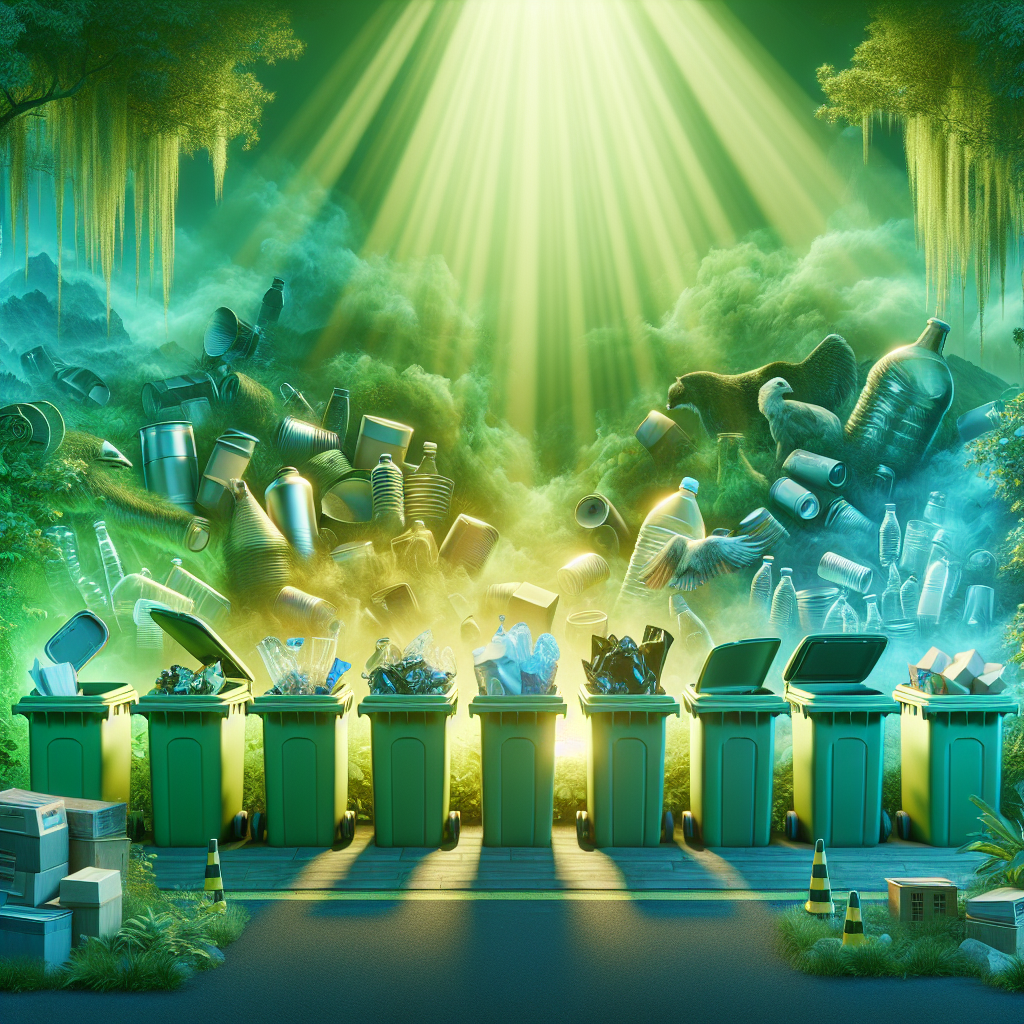Blog Ecobraz Eigre

Do I need to segregate waste by material family before collection?
Understand the importance of waste segregation
Before collection, segregating waste by material family is essential to ensure efficient and sustainable management. By separating organic waste, recyclables and rejects, as well as the different categories within recyclables, you increase the possibility of recycling, reduce contamination and facilitate subsequent treatment.
Main material families
Waste can be classified into a few main families: paper and cardboard, glass, metals, plastic, wood, organic waste and rejects. Each of these categories has specific characteristics that influence their handling and destination.
Benefits of segregation before collection
When materials are separated correctly, the volume of waste sent to landfills and incinerators is reduced, the useful life of these sites is extended and the environmental impact is reduced. In addition, segregated materials tend to retain their quality, facilitating recycling and reuse.
How to correctly segregate waste
To segregate properly, use different containers for each type of waste. For example, bags or boxes labeled for plastic, paper, glass and metal. It is important to sanitize the materials before disposing of them and avoid mixing waste that could contaminate each other, such as food waste with paper.
Legislation and good practices
Environmental legislation in many places already requires the separation of waste to encourage sustainable practices. In addition, collection and recycling companies usually accept materials better when they are correctly segregated, making the process more efficient.
Conclusion
Segregating waste by material family before collection is a fundamental practice for promoting sustainability, facilitating recycling and complying with environmental legislation. In addition, it contributes to preserving the environment and raising awareness about responsible consumption.

Deixe um comentário
O seu endereço de e-mail não será publicado. Campos obrigatórios são marcados com *